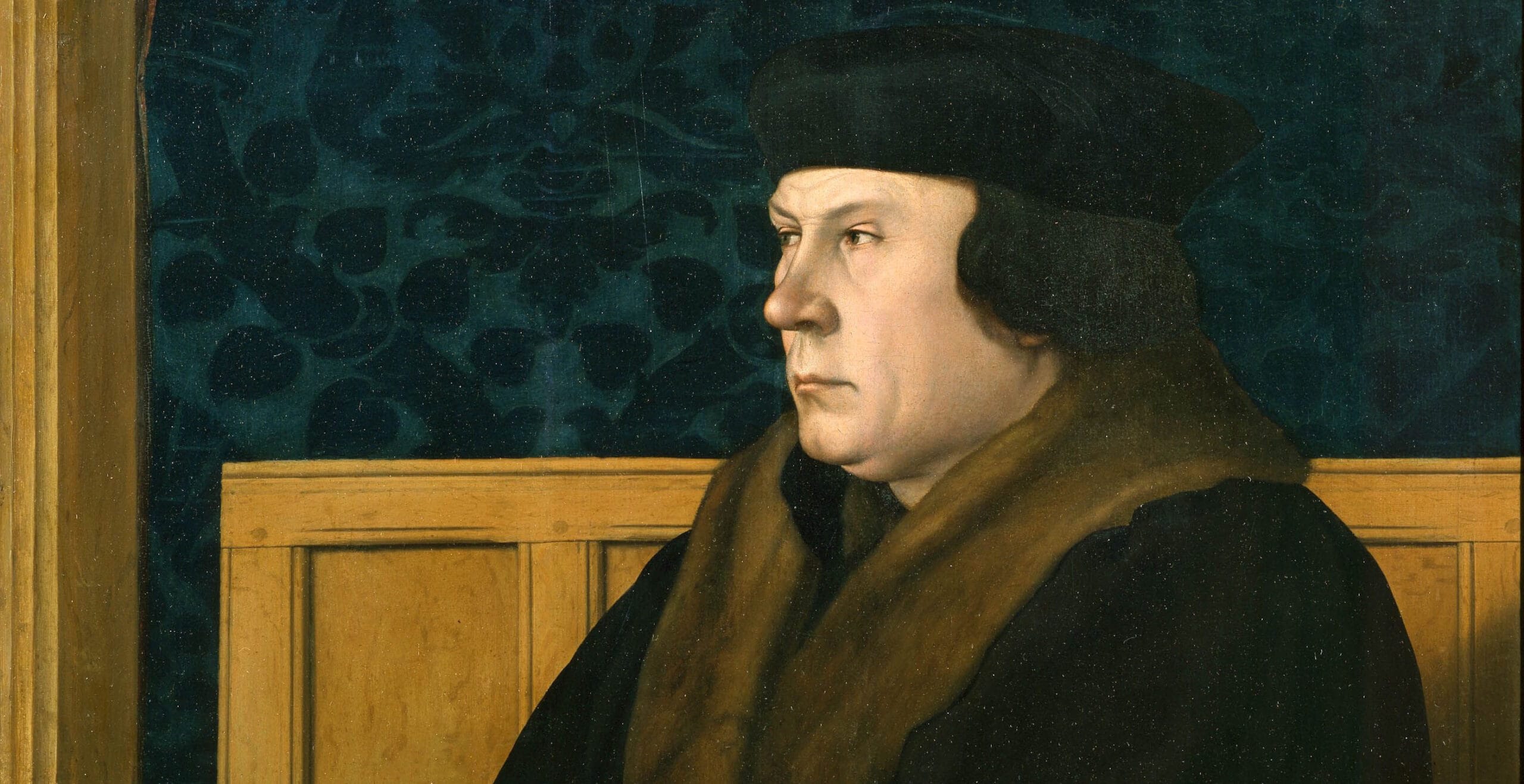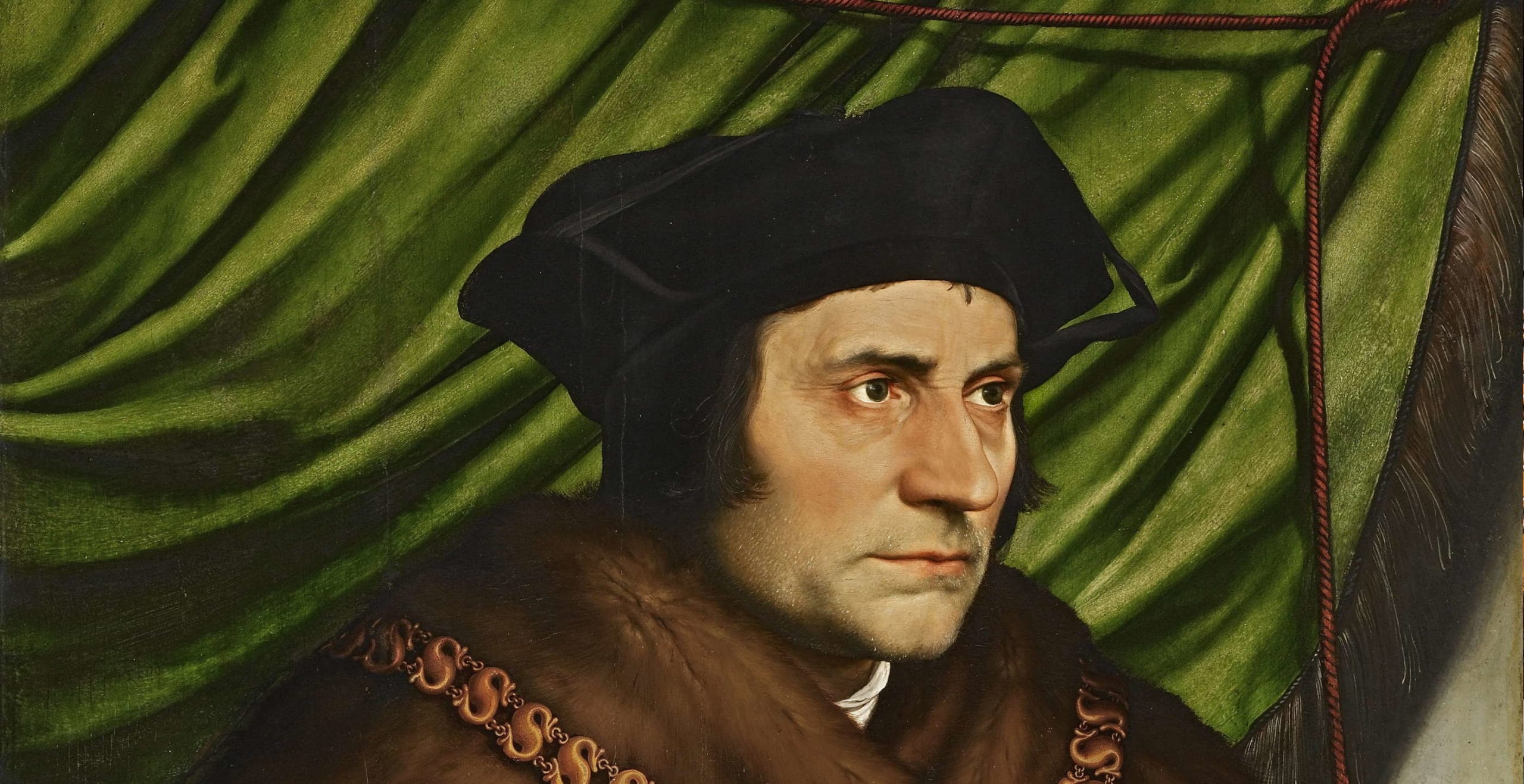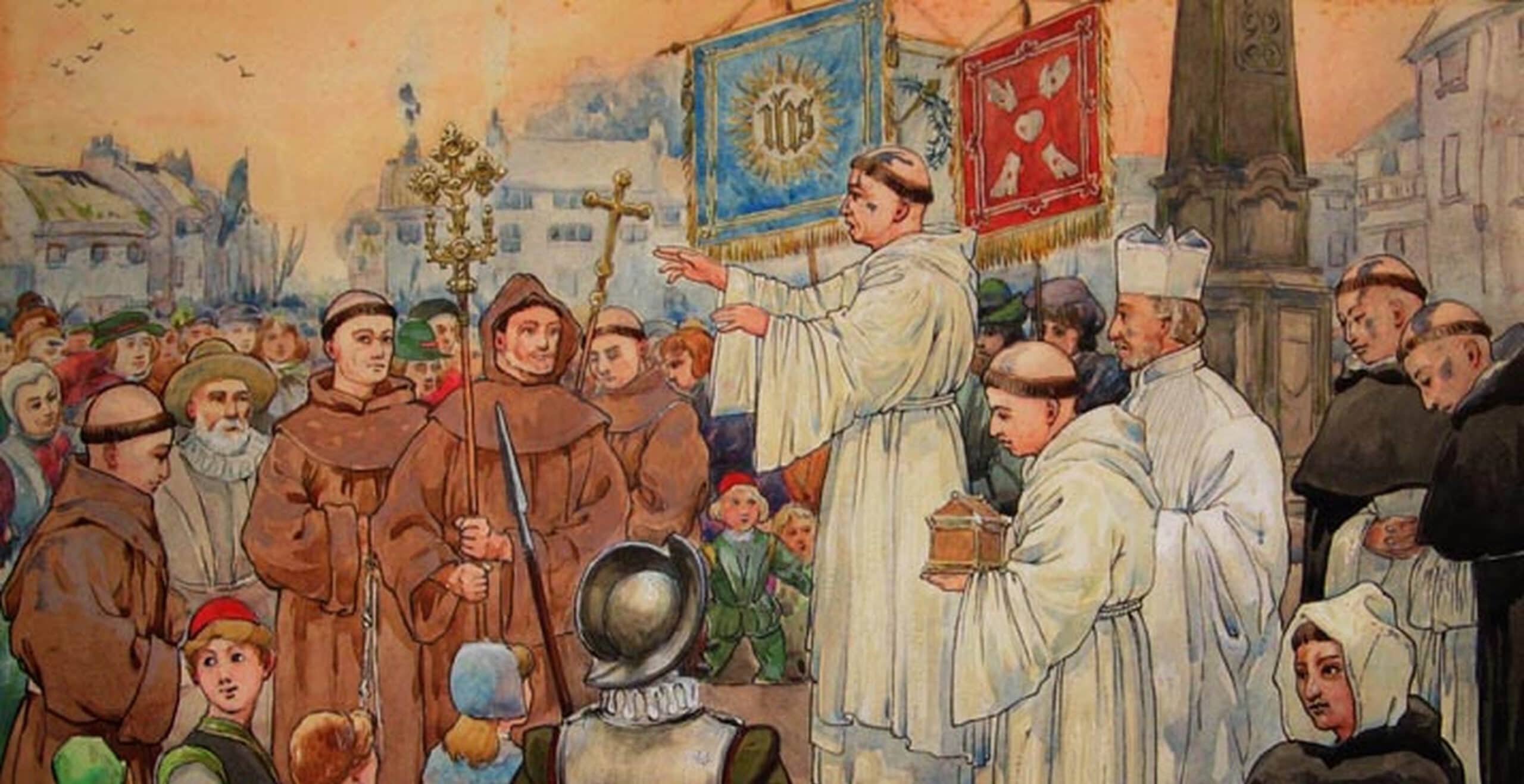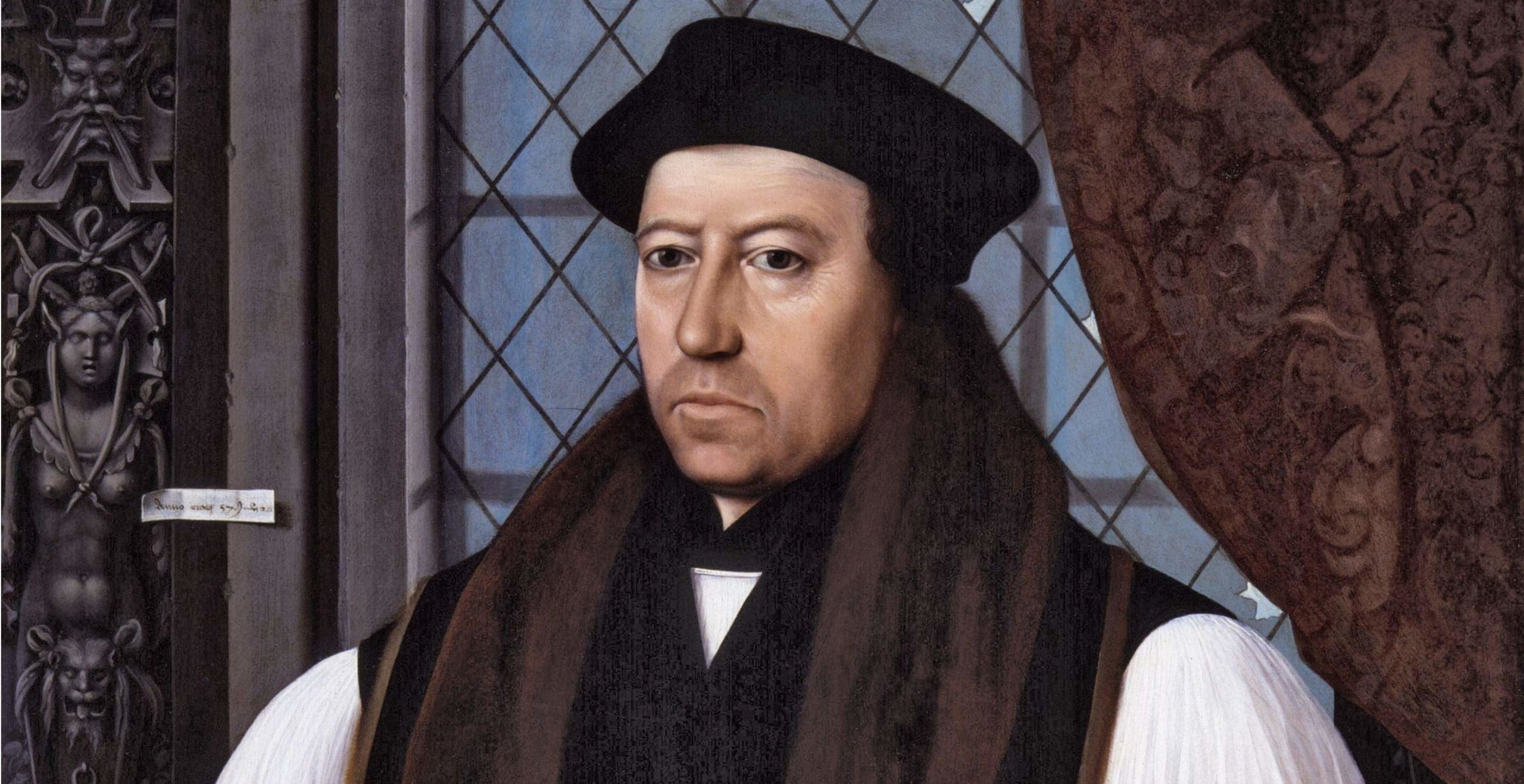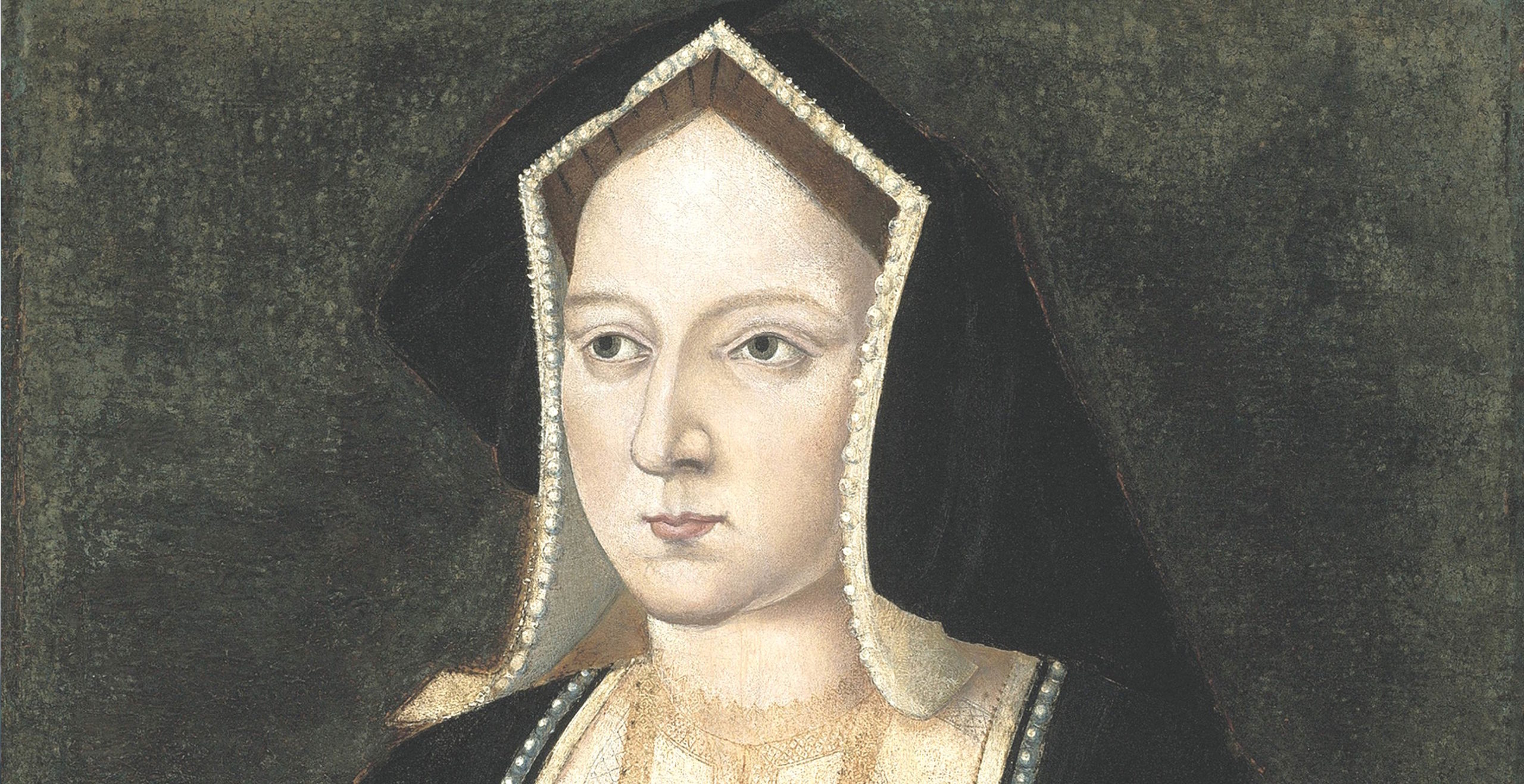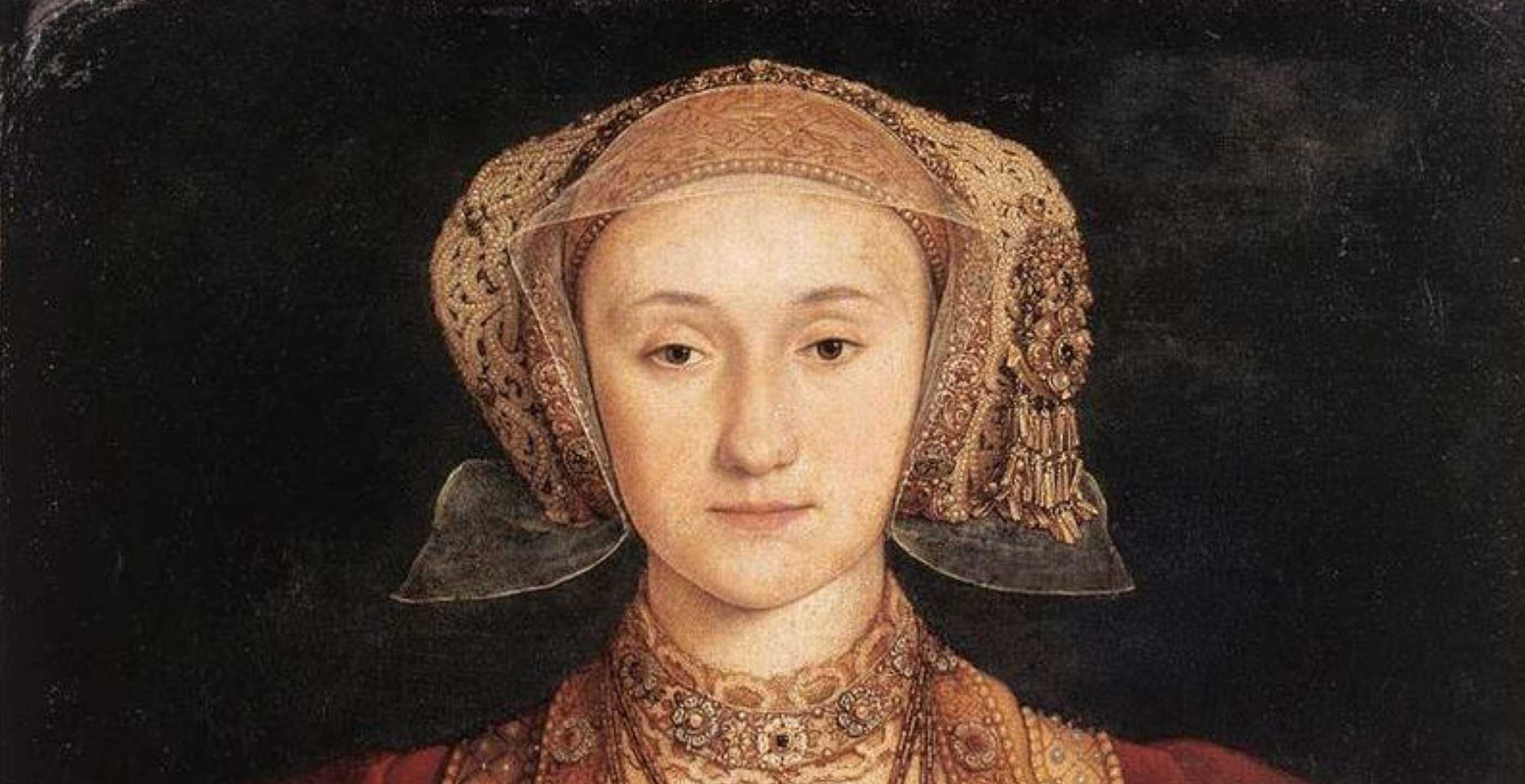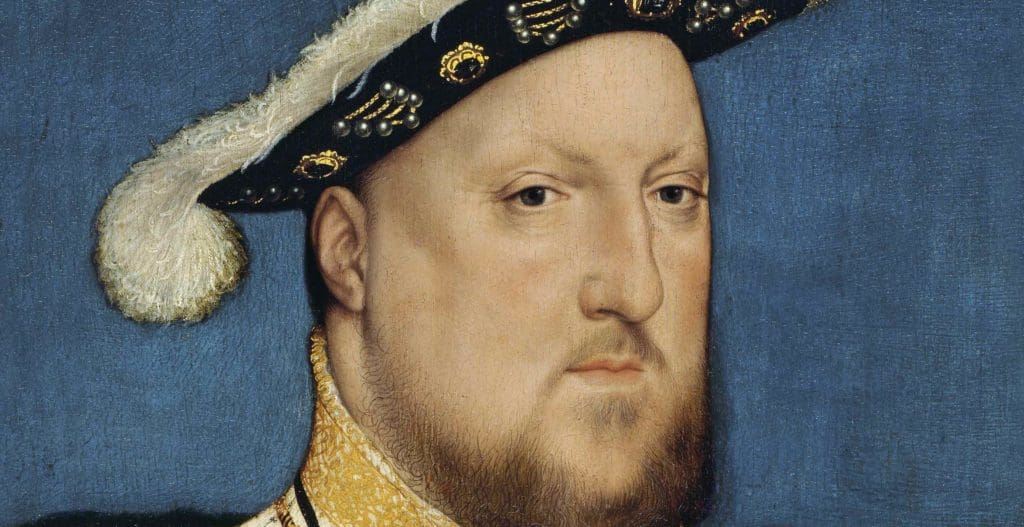Thomas Cromwell was a statesman who served as King Henry VIII’s chief minister and yielded extraordinary power, earning him great notoriety.
The origin story of this great Tudor figure remains quite mysterious, as his date of birth is unknown and much of his early life unrecorded.
Born in Putney, one of three children, Thomas’s father was Walter Cromwell who worked in a variety of roles as a cloth merchant, a yeoman and owner of a tavern and brewery.
Keen to get away from his father and later describing himself as a ‘ruffian’ during his youth, by the time he was eighteen he had left England and enjoyed a great deal of time on the continent.
Initially he joined the French army as a mercenary but soon withdrew and found more suitable employment in Italy working for a merchant called Francesco Frescobaldi. Florence was a city alive with possibilities, bursting with culture and opportunity for an ambitious young man.
Upon his return to England, Thomas was now able to set himself up as a merchant, using the contacts and knowledge he had developed abroad.
Whilst he built a lucrative career as a merchant, Cromwell also turned his attentions to building another career as a lawyer, which would hold him in good stead for the future and earn him great power.
By 1520, his prospects accelerated when he began working for Cardinal Thomas Wolsey. Cromwell’s association with him would prove most fruitful as he was appointed to council and in time became one of his most trusted servants. Meanwhile, he married a wealthy widow and went on to have three children, two girls and a boy.
Sadly, Cromwell’s harmonious family life was turned upside down when he lost both his wife and his daughters to a sweating sickness. He would end up putting all his energy and focus on his surviving child and only son, Gregory, whilst also making the decision to never remarry.
Back at work, Cromwell’s career went from strength to strength as he ingratiated himself in the most important business and legal circles in the city.
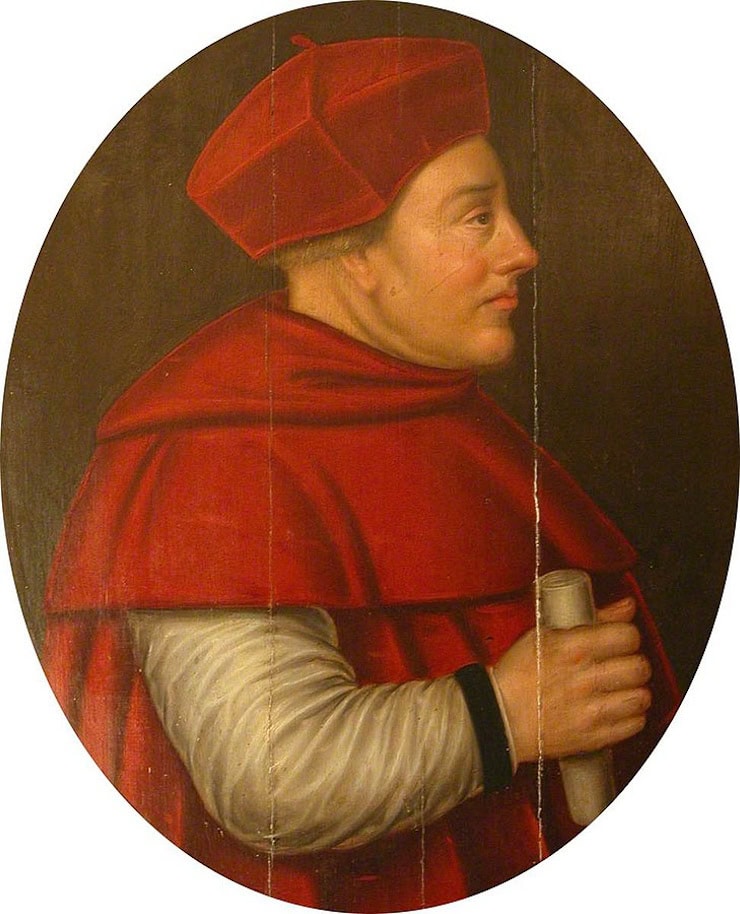
First and foremost, his role was in the service of Lord Chancellor Cardinal Wolsey who he assisted in his legal affairs whilst also initially maintaining a private legal practice and being elected as a member of Gray’s Inn.
As a member of Wolsey’s council, Cromwell held significant power, however whilst his star was on the ascent, his patron began to fall out of favour. After Wolsey was thrown out of office for his failure to secure the annulment of Henry’s first marriage to Catherine of Aragon, Cromwell remained loyal to his patron, unlike many of those around him.
So much so, that Cromwell’s steadfast allegiance to his patron impressed the king, particularly when he petitioned court pleading for a pardon for Wolsey. Cromwell managed to successfully navigate the downfall of Wolsey’s career.
He worked relentlessly for the next three years, successfully securing royal favour when he was employed by the king to use his legal skills in the King’s ‘Great Matter’ (the annulment). He would subsequently leave a great impression on Henry VIII as well as his future wife, Anne Boleyn and thus continued to build on his previous successes, entering the council, ascending the ranks to become a confidential adviser to the king by 1530.
His meteoric rise to power had secured him an invaluable position as part of the king’s inner circle. After working hard to gain favour in the court and demonstrate his abilities, Cromwell would now be on the receiving end of countless esteemed positions.
The first of which was the title he obtained when he became Master of the Jewels in 1532 which required frequent visits to the Tower of London.
Many promotions would soon follow as he became Principal Secretary and Master of the Rolls followed by the Lord of the Privy Seal. He also received a peerage as he took on the title of Lord Cromwell of Wimbledon.
Cromwell’s career flourished unhindered as he accumulated great riches, accruing valuable business interests and as a result was in receipt of great power and privilege. To celebrate his new found success, Cromwell commissioned a portrait of himself by the famed German artist Hans Holbein, painter to the king.
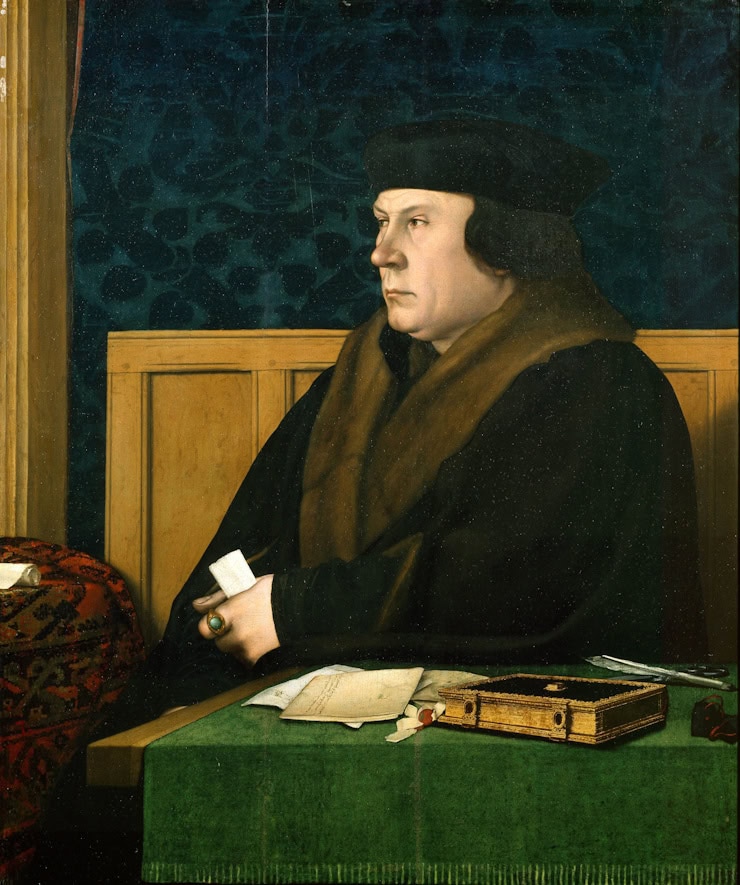
In the coming years, Cromwell’s role first and foremost was overseeing the instigation of the Reformation in England. Following Henry’s desire to annul his first marriage, in May 1533 he was finally able to achieve his goal and Anne Boleyn his new wife, whom he had already married, was crowned queen the following month.
In opposition to the Catholic Church and without the Pope’s permission, Henry then broke with Rome and established the Church of England with himself in the role of the Supreme Head. Cromwell’s role in this process was to oversee the Dissolution of the Monasteries which inspired a surge of opposition.
One of the most prominent voices in opposing the Reformation was the Lord Chancellor, Thomas More, who subsequently refused to take the Oath of Supremacy which people were forced to swear in recognition of the King’s new role as Head of the Church. More would resign in response despite the best attempts at persuasion by Cromwell and Henry for him to capitulate. In the end, his refusal led to his imprisonment at the Tower of London where he awaited his execution in July 1535.
In the meantime, trouble was brewing in the camp of a former close ally of Cromwell, Anne Boleyn. Having failed to produce a male heir for Henry, she had already fallen out of favour with the king and was growing increasingly unpopular.

After suffering her final miscarriage in January 1536, Anne was in her swansong years, faced with the prospect of competing with Henry’s new interest, Jane Seymour. What followed was a plot designed to ensure her downfall. In order to execute this plan, Henry employed the talents of Cromwell to extricate him from this now unhappy marriage. Cromwell thus went about constructing a rumour of infidelity which at its root involved the hearsay of five men, including her own brother.
As a result of this accusation she was arrested in May 1536 and taken to the Tower of London. In a matter of weeks, she was found guilty and beheaded: one of the witnesses of her execution was Cromwell himself.
A new alliance began to emerge with the new queen, Jane Seymour. The security of his position as the king’s right-hand man was however looking increasingly fragile in the face of growing unrest and opposition to the Reformation.
The outbreak of rebellion, the largest ever witnessed in the Tudor period, demonstrated the growing unease and also identified Cromwell as the main instigator of new unpopular policies.
The Pilgrimage of Grace took place in the northern part of the country and lasted from October 1536 until its eventual suppression in January 1537. Despite being able to quell the revolt, for the first time Henry’s faith in Cromwell’s abilities and management was called into question. Over the next year, the fractures in this previously secure relationship began to show.
In a desperate bid to rectify this, Cromwell was keen to find a way to demonstrate his trustworthiness and abilities. After the death of Jane Seymour, Cromwell thought he had found the perfect opportunity in which to demonstrate these skills.
Cromwell knew that Henry was keen to find himself a fourth wife and assigned himself the task of finding him a new bride. The woman he chose was Anne of Cleves, a German princess who could help secure a new alliance. Henry was keen but wanted to see what she looked like and thus commissioned his favoured painter Holbein to paint her portrait.
Happy with Holbein’s depiction, Henry agreed to start marriage negotiations and by December 1539 Anne was on her way to England.
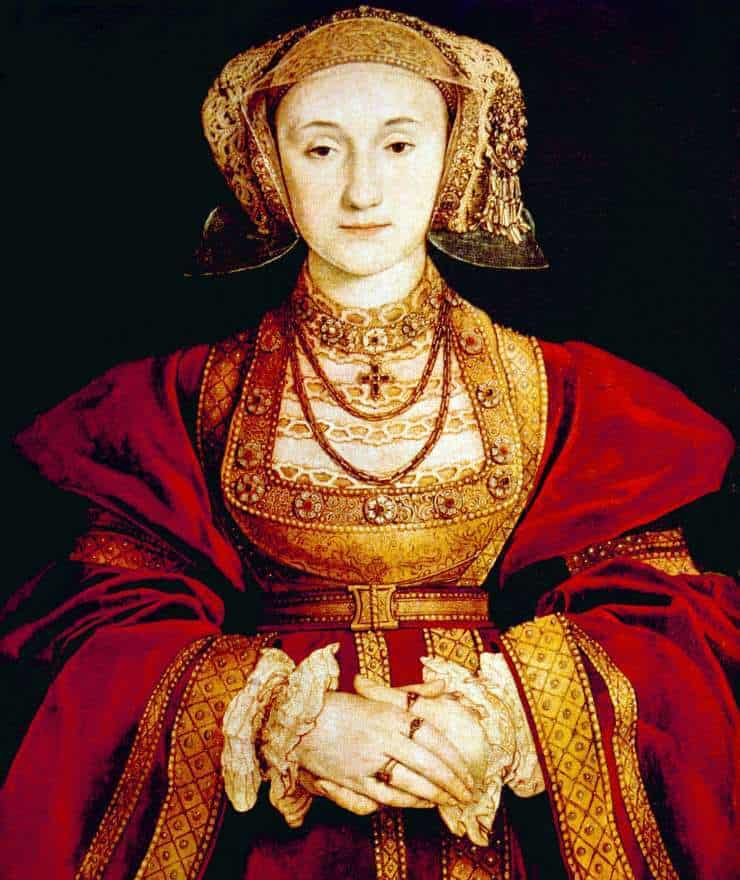
Upon her arrival, relations soon soured as Henry did not like her in person and believed her not to be as attractive as had been intimated. The marriage was doomed to fail and did not last longer than a few months. With Cromwell playing an instrumental role in arranging the marriage, all eyes were on him. However, his strong relationship with Henry did manage to overcome this mistake and the king went on to make him Earl of Essex in April 1540.
Those who were expecting to witness his downfall as a result were soon antagonised when they realised he still retained favour with Henry. In response, his enemies, one of the most notable being the Duke of Norfolk, began plotting a ruse to finally bring Cromwell down once and for all.
Rumours began to swirl from certain quarters that Cromwell was planning to rebel against the king, a message that soon made its way back to Henry.
Unfortunately for Cromwell, his loyalty and service to the king was quickly overlooked as the aging monarch seized on the fabricated rumours and immediately responded by arresting Cromwell on charges of treason and heresy.
Cromwell, an esteemed lawyer, was never given the opportunity to defend himself in a court of law. Instead, legislature was passed known as a bill of attainder which declared him guilty of the crime and was thus condemned to die.
As he quickly began to run out of options he made a final impassioned plea to the king himself in the form of a series of letters which illustrated his sheer desperation.
Sadly his pleas for mercy fell on deaf ears and he was taken to Tower Hill on 28th July 1540 and executed.
A rags to riches story of the Tudor age, Cromwell’s impressive ascent and profound political machinations helped to steer the course of the country, defining both the political and religious landscape during his time in power, dispensing justice as he saw fit and obliterating his enemies with equal aplomb.
Jessica Brain is a freelance writer specialising in history. Based in Kent and a lover of all things historical.
Published: 22nd January 2025.
